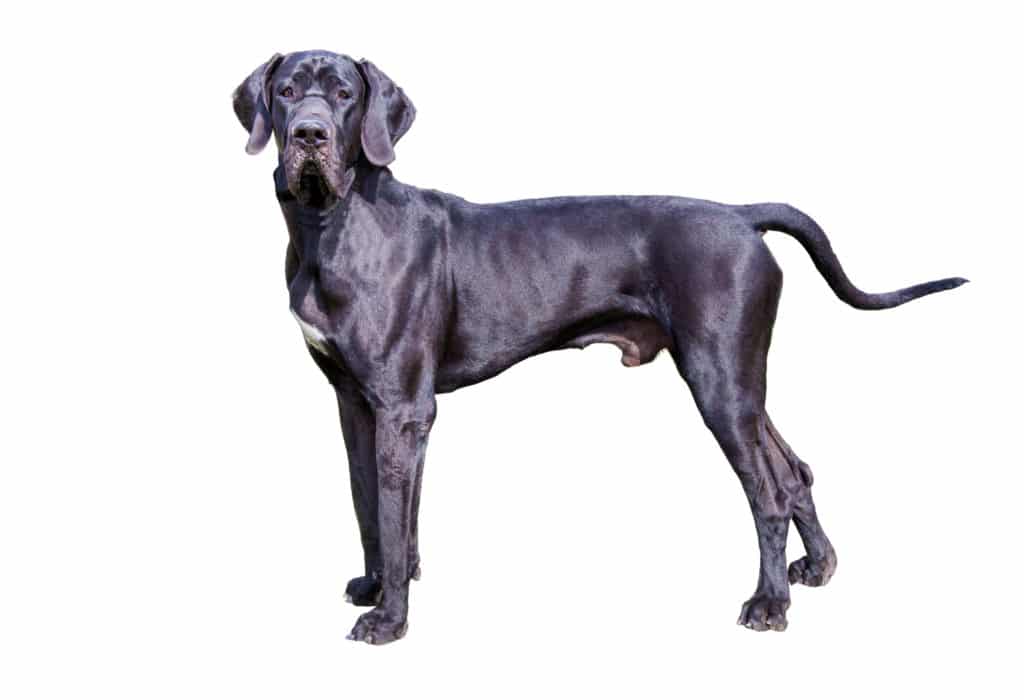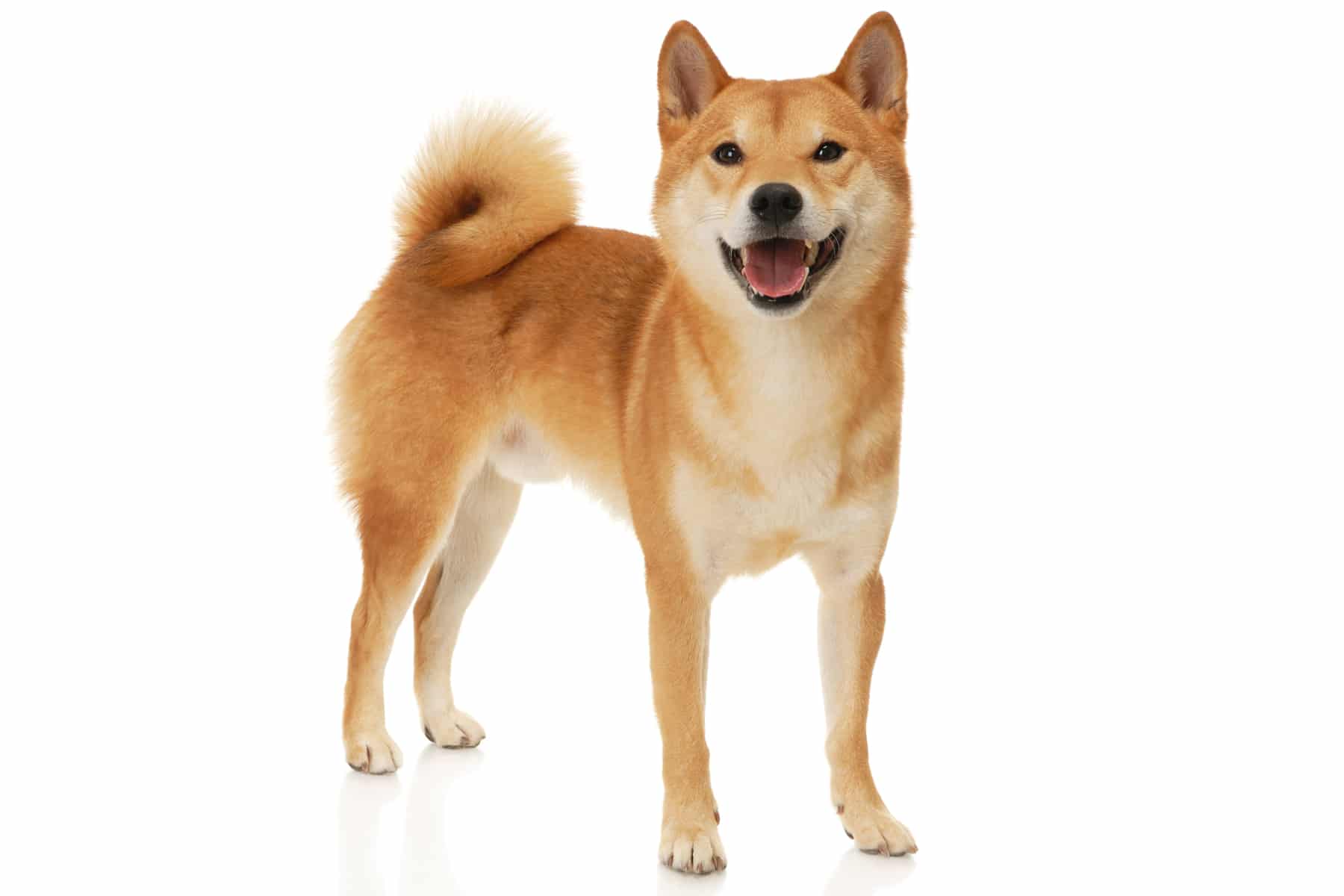Saluki
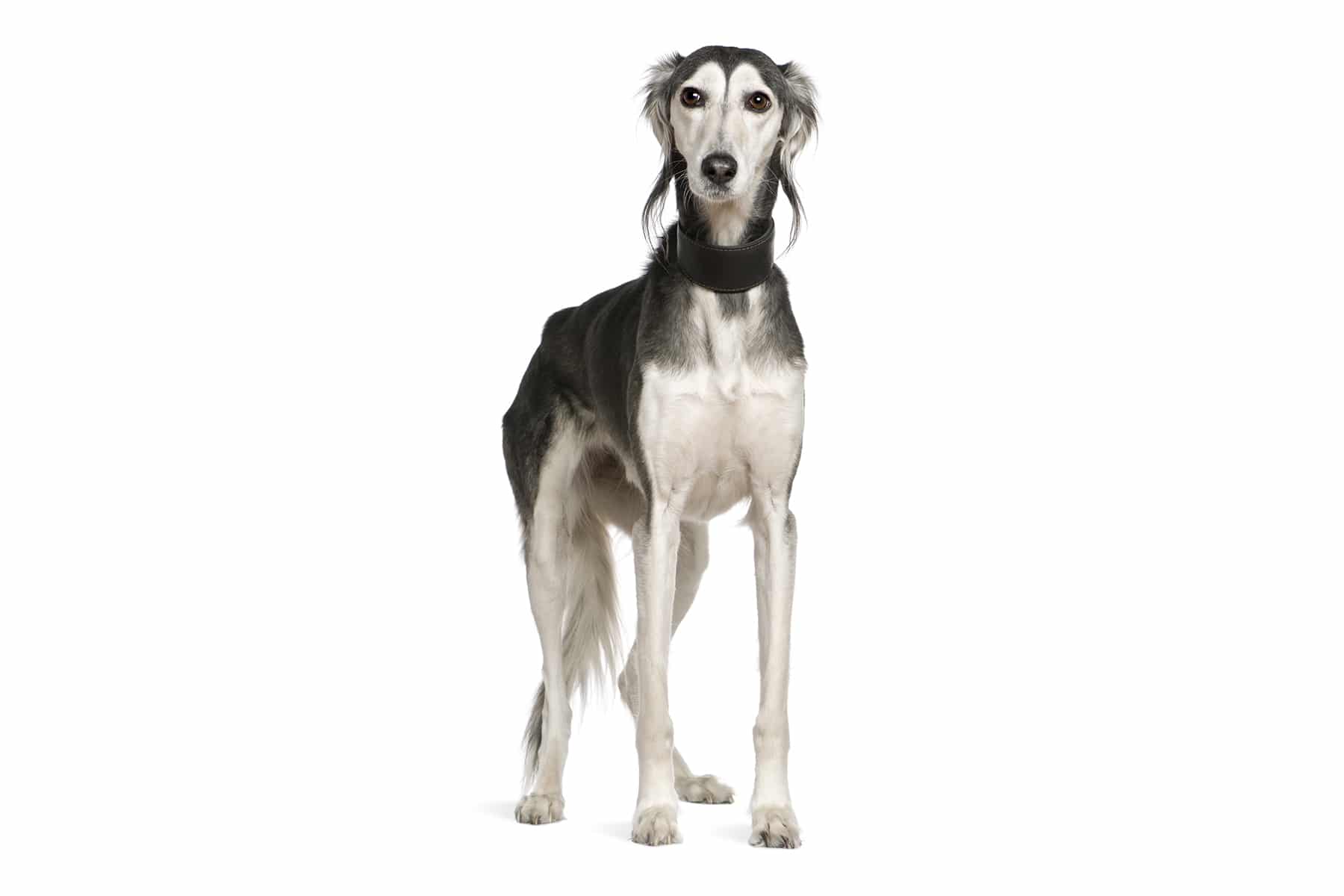
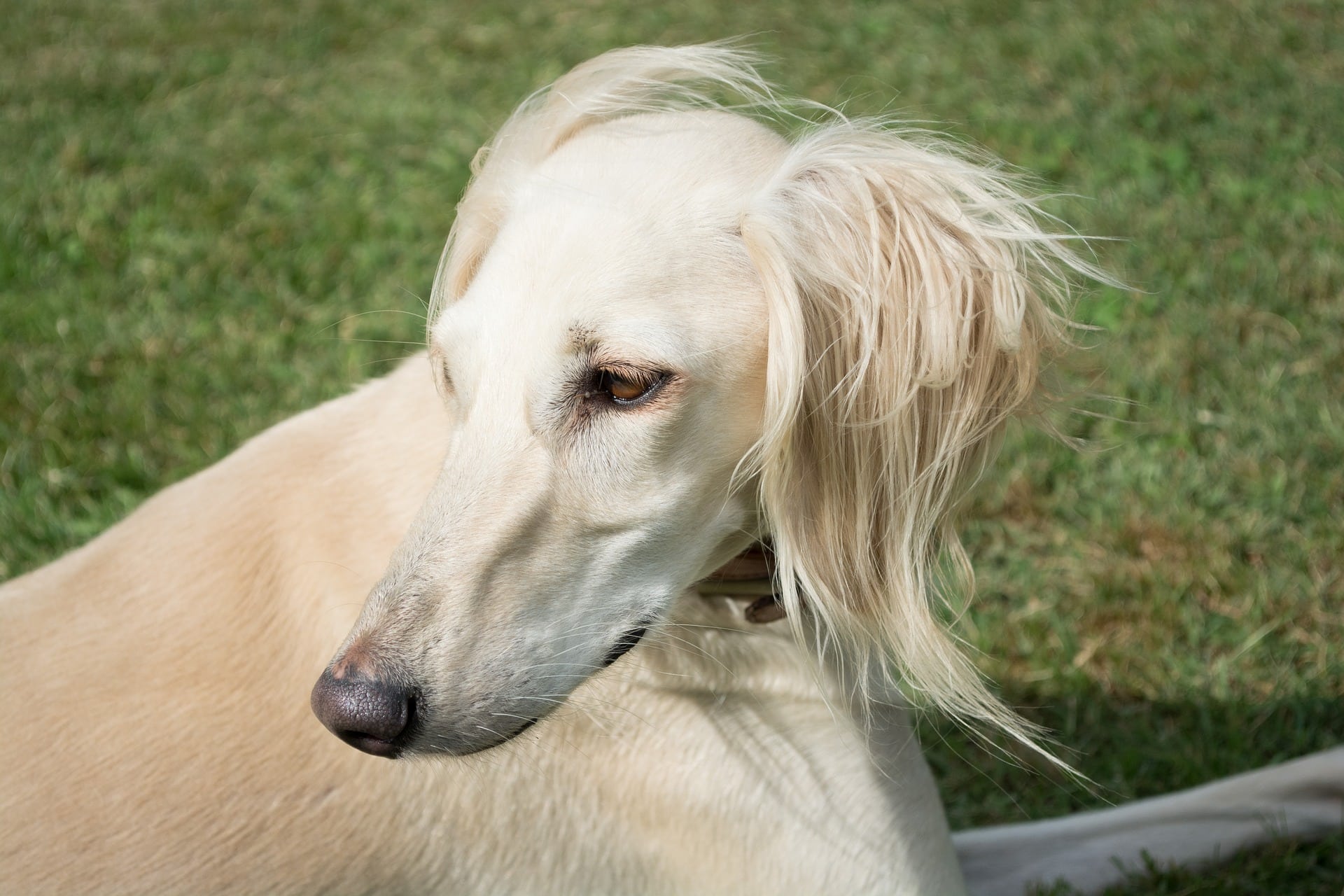
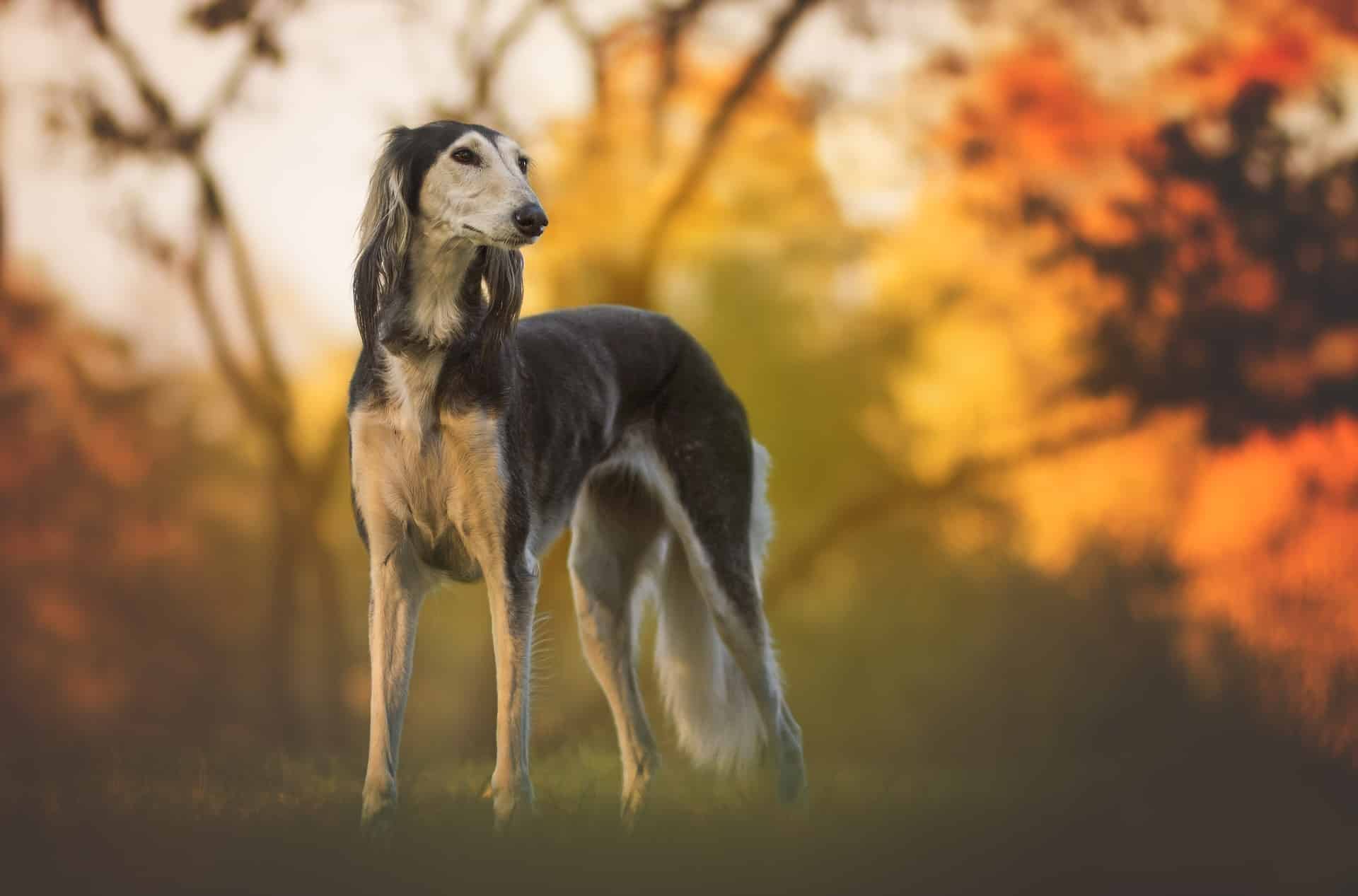
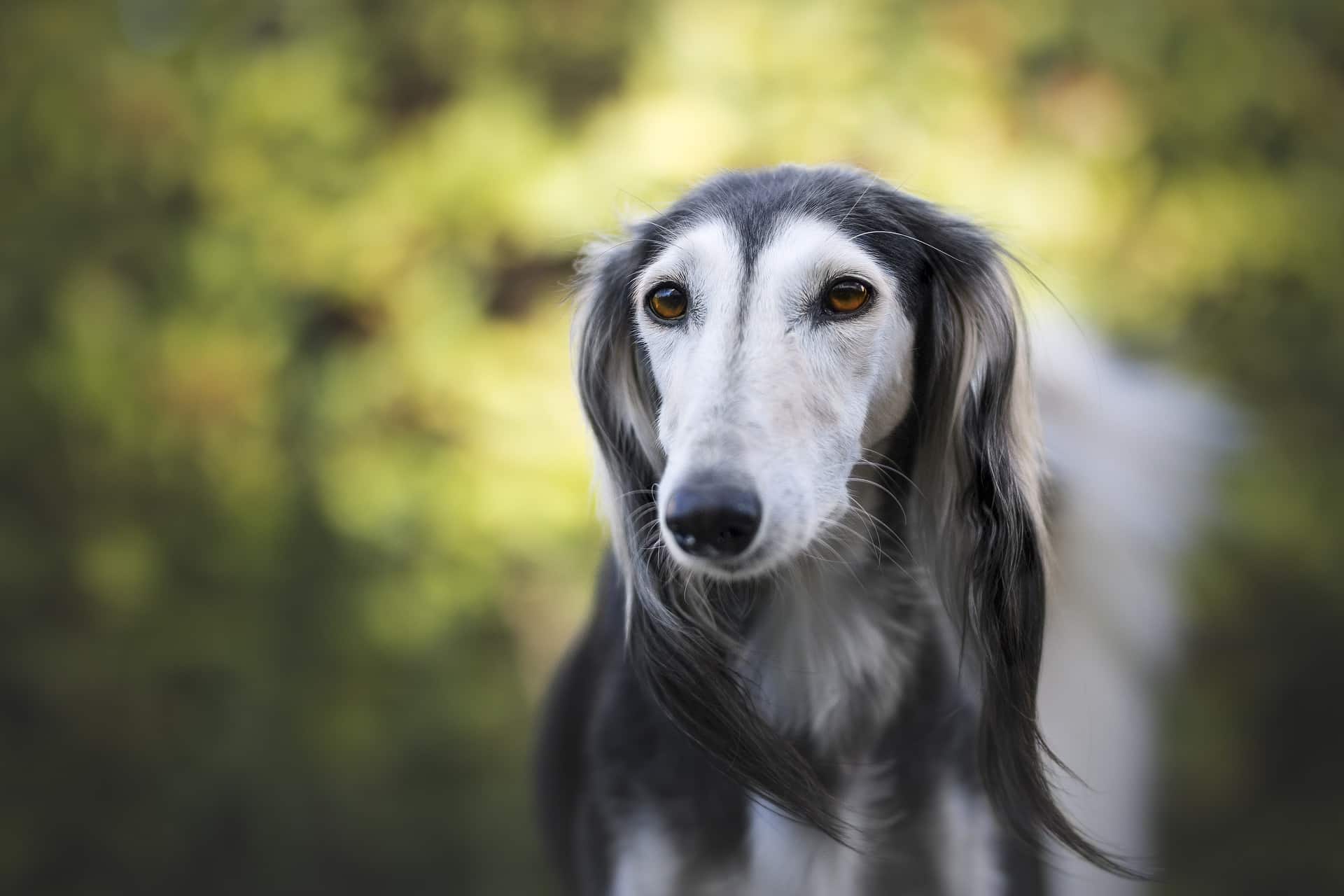
Temperament:
The noble Saluki has always been revered in the Middle East. The dogs have been loyal friends and valuable hunting companions to humans for thousands of years. This is why the Saluki is also referred to as a gift from Allah. The oriental sighthound impresses with its graceful appearance and friendly nature.
Characteristics
There is actually no such thing as a typical Saluki. This is because the appearance of the animals can vary greatly. The reason for this diversity of types lies in the enormous size of the Middle East. The breed has been used for hunting there for thousands of years.
Originally, every tribe had Salukis, which were indispensable helpers when hunting game. As a result, the dogs hardly mixed with the Salukis of the neighboring tribes.
The animals were precious and tradition did not allow the dogs to be bought or sold. Salukis were only given as gifts of honor. They also found their way to Europe as such gifts. The British standard was first established for the Saluki in 1923.
According to the breed standard, the appearance of the breed should convey the impression of evenness and grace. They should also have great stamina and speed. Agility should be combined with strength.
There are Salukis with short and long fur. Both varieties are identical in their characteristics. The only difference is that the short-haired Saluki lacks the so-called "feathering". The topcoat of the purebred dogs is smooth. The coat colors are white, brown, cream, red-gold, tricolor, silver-pepper-salt and black.
Salukis are gentle, sensitive, calm and friendly. Due to their friendly character, they are rather unsuitable as guard dogs. They are initially reserved towards strangers, but never aggressive. After a short time, Salukis shed this shyness. They then prove to be affectionate contemporaries. Their innate dignity is then voluntarily thrown overboard for cuddles.
Only prey need fear its energy and strength. The dog pursues them on the hunt and proves to be a relentless opponent. In its native Iran, it was used as a hunting dog suitable for the desert. In our country, however, it is also popular as an affectionate and friendly pet.
The character of the Saluki is characterized above all by gentleness and dignity. The dogs are initially reserved and are reluctant to be touched by strangers. They behave with dignity and are very independent.
Training and educating this reserved breed is usually easy. A Saluki is not the type to immediately take advantage of inconsistent behavior. They are very affectionate with other dogs and people. The Saluki also wants to be treated gently by its owner. His only training problem is his hunting instinct. The pedigree dog should be given alternatives here.
Coat care:
Shedding:
Energy level:
Trainability:
Children suitable:
The right food
When choosing food, make sure that it contains high-quality ingredients, is balanced and meets your dog's requirements. Age, size or weight, activity and health status play an important role. You should follow the manufacturer's recommendations for the amount of food.
Treats should only be fed in moderation and deducted from the basic diet to avoid obesity.
Puppies can be fed 4-6 times a day. The number of meals should be gradually reduced to 2 per day until the dog is fully grown. A rest period should be observed after meals.
Fresh drinking water should be available at all times.
Health & Care
Even if its noble appearance suggests otherwise. Grooming this breed is quite simple. The smooth, short coat is very easy to groom. Brushing twice a week is enough to maintain shine and texture.
In feathered Salukis, the fringes on the tail, ears and paws in particular should be combed. This prevents the formation of tangles. These noble dogs also prove to be very clean as housemates. They hardly shed and have no typical dog odor. Allergy sufferers are therefore often advised to choose this breed.
The biggest challenge is to satisfy the dog's urge to move. The Saluki wants to run. It is the endurance runner among the dog breeds. The Saluki can run alongside a horse for hours. It hardly shows any signs of fatigue.
It is therefore the owner's responsibility to ensure that the dog is kept busy. One option is dog clubs that organize dog races. Here the dogs can let off steam. The races take place on special race tracks in an enclosed area. So you don't have to worry about your Saluki suddenly running wild.
Salukis mostly come from well-maintained breeding programs. Their aim is to preserve the character, beauty and health of this age-old breed. For this reason, there are hardly any known diseases typical of the Saluki breed. Nevertheless, there are individual cases of dental malformations, epilepsy and sudden cardiac death.
Occasionally, psychosomatic illnesses cause problems for sensitive four-legged friends. This is usually the result of enormous stress. If you notice any changes in your dog, you should consult your vet.
Suitable accessories
Salukis need a large, well-fenced garden. A comfortable kennel of their own is also required. A sheltered kennel is readily accepted. Their slender build can lead to pressure sores on hard surfaces. The dog should therefore be provided with soft lying surfaces.
The Saluki also needs regular exercise. In general, the Saluki is a sociable dog that likes to meet other dogs. Dog parks are ideal for this. Regular dog meetings for socialization will be gladly accepted by your Saluki.
Young Salukis need training to learn the basic commands. The socialization of puppies is also very important to ensure that a balanced dog grows up. Frustration, boredom and a lack of human attention should be avoided. They make the dog anxious and distrustful. Dog toys are a good way to keep a dog occupied.
Your Saluki also needs a collar or harness with a lead, a dog basket or dog mat as a place to retreat to at home, water and food bowls, tick tweezers, claw clippers, mild dog shampoo, brush and comb or rubber curry comb, toothbrush and toothpaste for dogs, a transport box or carrier for transportation in the car and a first aid kit. It's best to ask your vet what should be in the first aid kit.
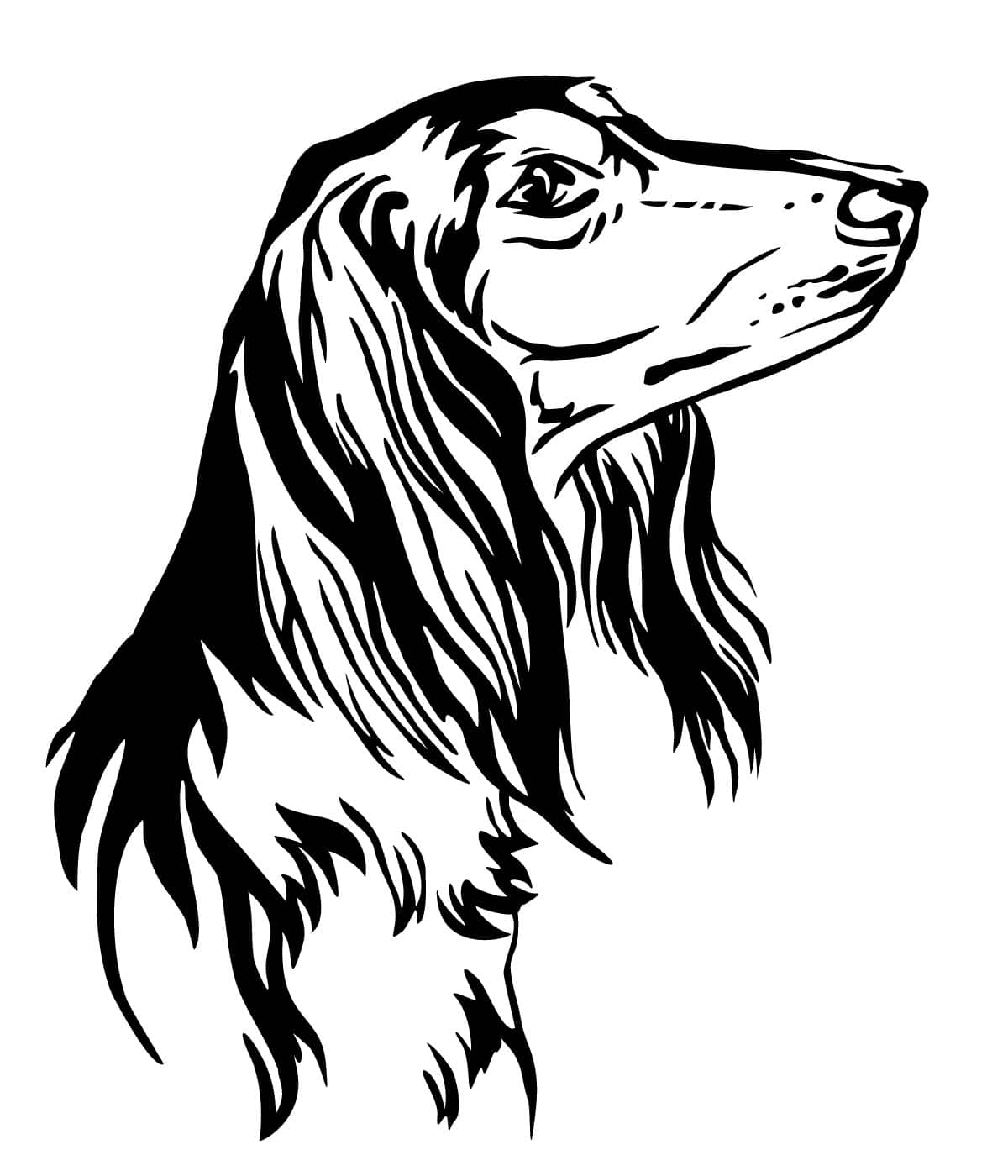
Origin & History
The Saluki has been known in the Middle East for thousands of years. At that time, the breed's distribution area stretched from the Caspian Sea to the Sahara. It included the countries of Saudi Arabia, Egypt, Iran, Iraq and Turkey. These dogs can even be found on tombs, clay pots and cave paintings in the Nile region.
Some of the depictions date back to 3600 BC. Dogs of today's breed type can also be recognized here. Egyptian dogs such as the Tesem are mentioned as ancestors of the Saluki.
People in the Middle East particularly valued these graceful and fast dogs as hunting companions. Salukis accompanied the nomads through the desert. Their speed and hunting instinct made them valuable helpers in the hunt for prey. Long before the breeding of Arabian horses began, Arabian Bedouins are said to have kept Salukis.
Salukis have always been considered a gift from Allah. That is why the Bedouins let the dogs sleep in their tents and looked after them lovingly. Salukis were part of the family. Selling these valuable dogs was rarely an option for the owners. Selling them was even forbidden.
As a result, these noble dogs only found their way to Europe in isolated cases. Salukis first appeared in England in 1840 as "Persian sighthounds". However, it was not until 55 years later that the first breeding began on European soil. The first breeding successes were achieved by Baroness Florence Amherst of Hackney.
The British woman got to know the elegant dogs on a trip through the Nile region. She took one male and one female back to her home country. They came from the pure breed of Prince Abdullah of Transjordan.
In the early 1920s, the Baroness received support from the English officer General Frederick Lance. Together with his wife Gladys, he campaigned strongly for the recognition of this Arabian breed. In 1922, the first official Saluki litter was registered in England.
The Saluki was finally recognized by the FCI in 1966.

